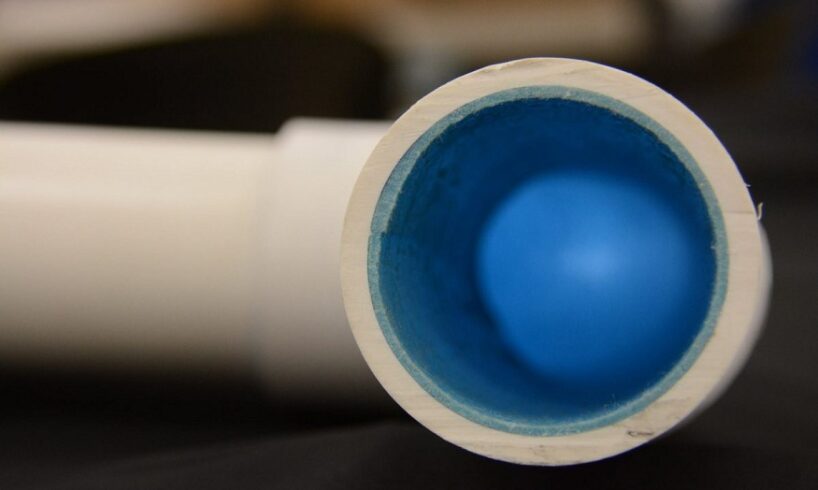
Pipe relining has become one of the best widely used processes in the repair of broken pipes in a variety of sectors for many years now. In order for the pipe relining procedure to be effective, it must make use of compounds including Epoxy, Vinyl Ester, Silicate, Polyester, or Resin that strengthen the pipes and making them stronger when compared to standard PVC pipes, for example.
Plumbers with valid licences inspect and investigate the place.
Following their arrival at the place, licenced plumbers conduct an inspection of the pipes to determine if they are obstructed or damaged. The plumbers investigate the region with the help of cameras. They are compact enough to carry into spaces that are restricted and constrained in their movement. They can also look at things from a number of perspectives.
Plumbers complete a last inspection and then have the linings ready to install.
When applying the lining to the pipes, licenced plumbers perform a last inspection to ensure that everything is in working order and that there are no overlooked blockage that will prevent the lining from being applied successfully. If the final inspection yields positive results, the team will go on to measuring or calculating the quantity of lining that will be required for the project. To find a plumber Sydney, call Wilco Plumber Services, which will dispatch one of its professional and licenced plumbers to your location to resolve your problem for you immediately. With pricing transparency, they guarantee our consumers stable cost and dependable services that are free of surprises and hidden fee.
The lining preparation
Following the measurement of the width and length of both the pipelines, the plumbers have a good notion of the quantity of materials that they will need to use it and prepare for the project before they begin. It is necessary to utilise a Reversal Pipe Relining to create a mixture of important components such as epoxy, resin, polyester, and other important compounds.
The UV Pipe Lining made of glass-fiber reinforced plastic (GFRP) is also included in the mix. It is the component that gives it its true effectiveness and long-lasting properties. The mixture will be placed into the liner, which would be used to roll the liquid up to the surface of the pipes as they are being installed. The liner is rolled from around pipes several times to ensure that the mix is evenly dispersed and adheres to the surface of the pipeline.
Inserting the pipe lining.
Inversion pipe relining is accomplished through the use of a customized inverted drum, which blows the liners into the interior regions of the pipe during the process. This gadget ensures that the materials are firmly adhered to the surface being worked on. The equipment will also execute an inversion operation to the pipe so that the other side of the pipe can go through a similar process, so insuring its strength and long-term endurance. Various other winches and gadgets are employed during this procedure.
Plumbers proceed with cooling the resin coat.
After pouring the resin mixture into the pipe’s interior regions, the plumbers can either allow for the epoxy to cool on its own, which can take a number of hours, or they can accelerate the cooling process.
